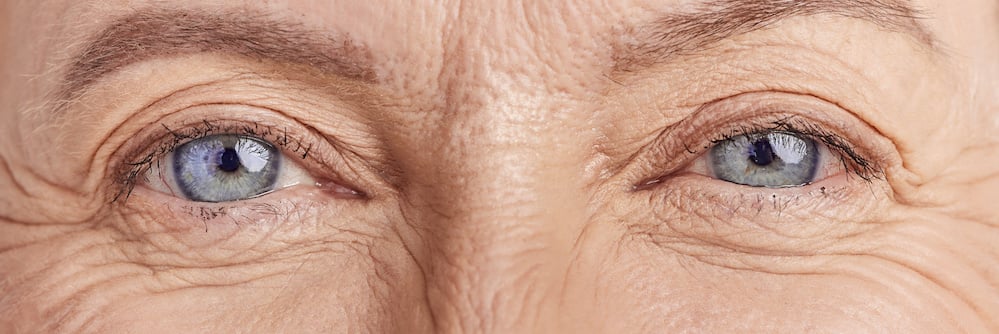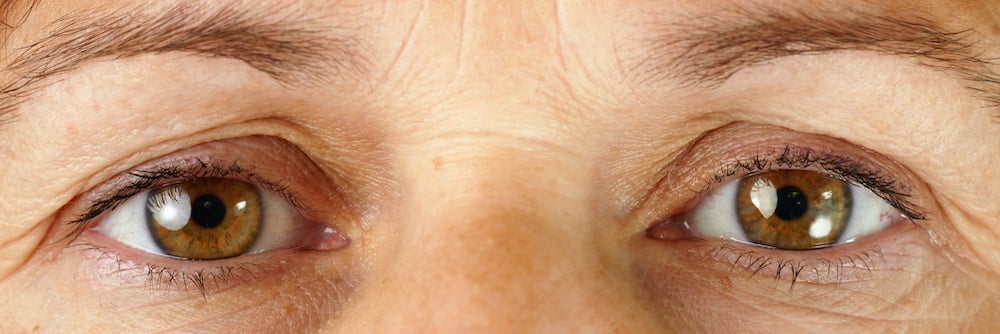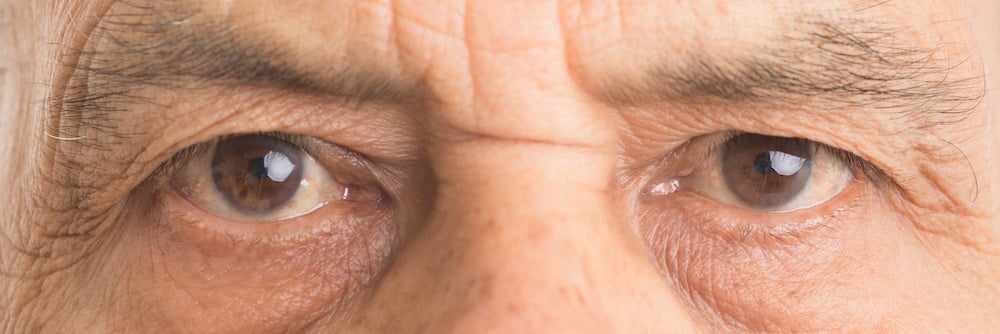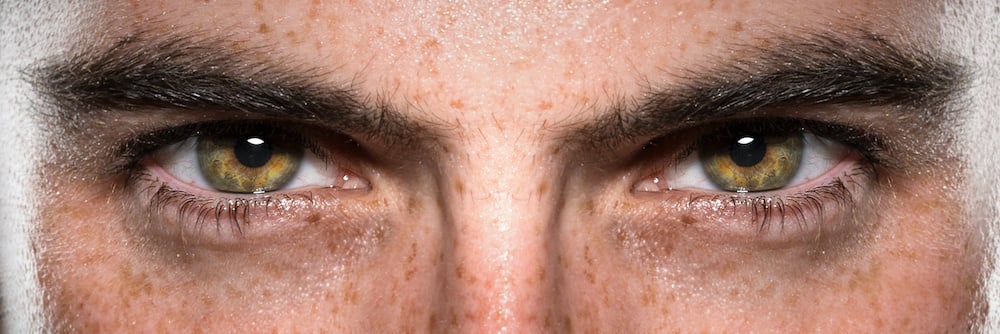Alzheimer's Disease
Eye tracking helps to make cognitive assessment and prediction of disease progression
Huntington's disease (HD) is an inherited disorder that causes nerve cells (neurons) in parts of the brain to gradually break down and die. The disease attacks areas of the brain that help to control voluntary (intentional) movement, as well as other areas. People living with HD develop uncontrollable dance-like movements (chorea) and abnormal body postures, as well as problems with behavior, emotion, thinking, and personality1. Early oculomotor symptoms are abnormal saccades and impaired fixation2.
Huntington’s disease is caused by an autosomal dominant CAG trinucleotide repeat expansion in chromosome 4. It manifests with chorea and other involuntary movements, gait disturbance, incoordination, and psychiatric and cognitive problems.2,3
Abnormal saccades, fixation, and optokinetic response are seen in Huntington’s disease2. The earliest oculomotor finding is prolonged voluntary saccadic latency attributed to oculomotor apraxia, requiring occasional blink or head thrust for saccadic initiation. Prosaccade latency and antisaccade error rates correlate with severity of the disease on the Unified Huntington’s disease rating scale (UHDRS)2. In addition, saccade measures had better sensitivity than UHDRS for discriminating presymptomatic gene carriers from nongene carriers2, 4.
In addition, fixation is impaired because of a failure to inhibit saccades toward stimuli within the visual field. Eccentric gaze holding is also impaired as the eyes tend to be brought back to the primary gaze by an inappropriate saccade. Slow saccades can be seen early in the disease, especially in those with a high CAG repeat number, but usually after other generalized motor impairments. Otherwise, saccades can be hypometric in both the vertical and horizontal planes. Smooth pursuit movements can also be affected by reduced gain, but usually later in the disease3.
Oculomotor exam is of high yield in Huntington’s disease and can be essential when hyperkinetic movement disorder with early psychiatric or cognitive findings is encountered3.
The American Academy of Ophthalmology maintains an EyeWiki written by physicians and surgeons.
Read their literature review regarding Ocular Manifestations of Huntinton's Disease here.

Eye tracking helps to make cognitive assessment and prediction of disease progression

Eye movement disturbances are present in up to 75% of MS patients.

Oculomotor examinations help differentiate parkinsonian syndroms.

More than 50% of children with a tumor in the brain stem show neuro-ophthalmological signs and symptoms